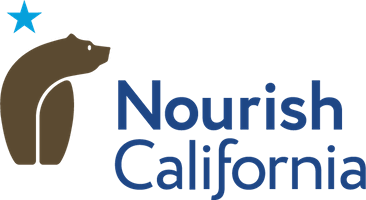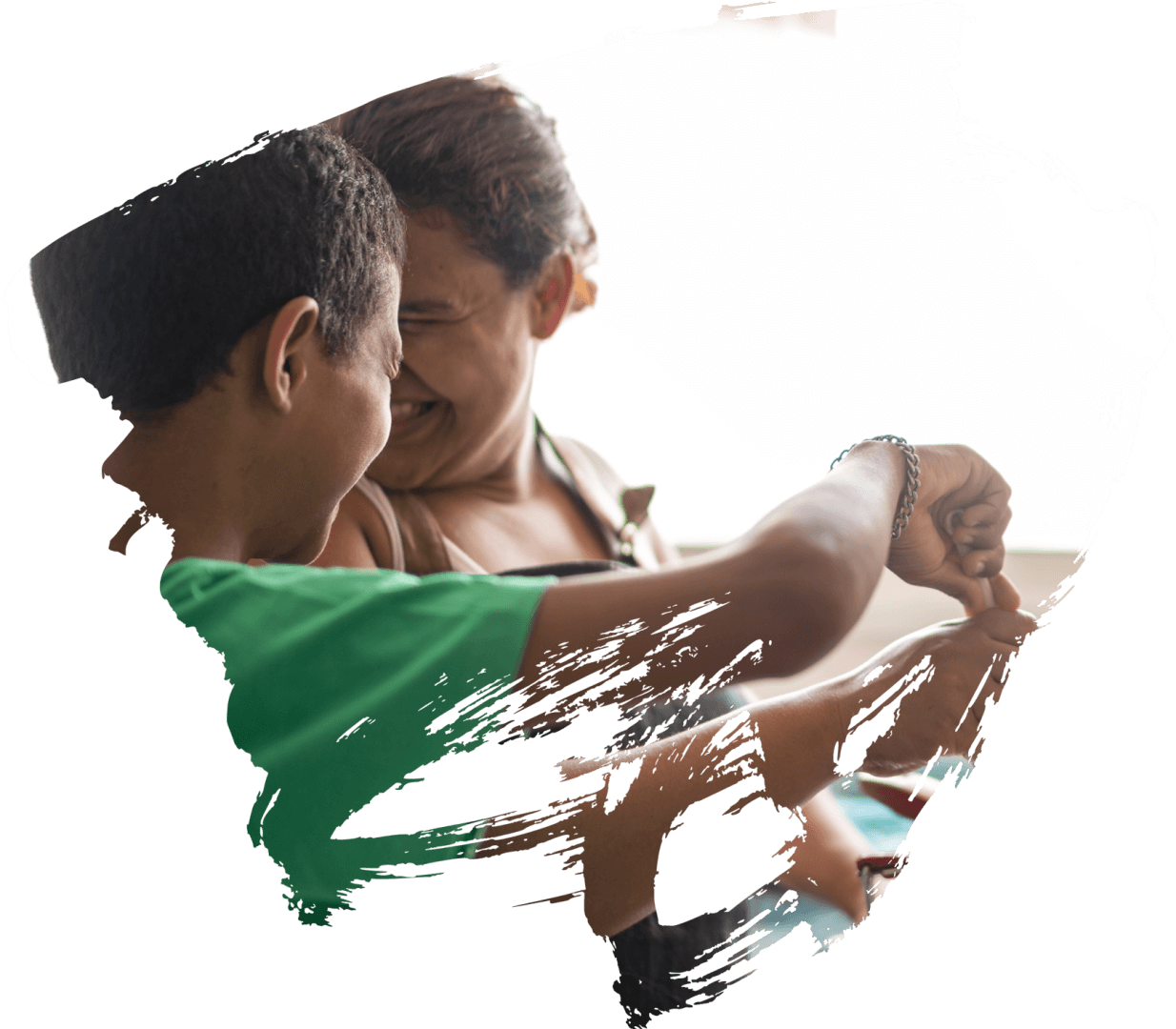12.06.2016 Significant concerns about the quality and safety of water in schools persist. One in four schools in the Central Valley and one in three schools in the Tulare Lake region were impacted by unsafe drinking water. This correlates to other disparities, as many of these same students also suffer from some of the worst air quality in the country and other environmental health hazards.
Over the course of this year, CFPA examined water quality data from the U.S. Environmental Protection Agency (EPA) Safe Drinking Water Information System (SDWIS), to explore the presence of unsafe drinking water contaminants that exceed safe drinking water standards known as maximum contaminant level (MCL) violations. We created an interactive dashboard to show MCL violations for Public Water Systems (PWS) serving schools that did not meet safe drinking water standards set by the EPA.
The dashboard was created using Tableau, an interactive analytical software used to visualize data. For the full dashboard, experience click here: link
The following filters are available to manipulate and rearrange data:
- Sort by Year: Use this filter to sort violation data for any single year or multiple years from 1981 to 2014.
- Sort by Contaminant Name: Use this filter to sort by the different types of drinking water contaminants
- Sort by Total Population Served by PWS: The information displayed by this filter illustrates the number of people served by a specific public water system. The bigger the dot the larger the number of people served.
- Sort by Zip Code: Use this filter to sort data using zip codes where MCL violations took place.
- Zip Code Represented: Zip Codes represented by different colors and circles on the map. The larger the circle the more people are served by the PWS.
The violations shown on the map span from 1981-2014. Most of these contaminant violations have been resolved and public water systems are back in compliance with state and federal drinking water standards. It’s important to note that 95% of Californians have access to safe, potable tap water in their residences. The data may be more useful when focusing on specific communities, where additional information and local input can help paint a better picture.



